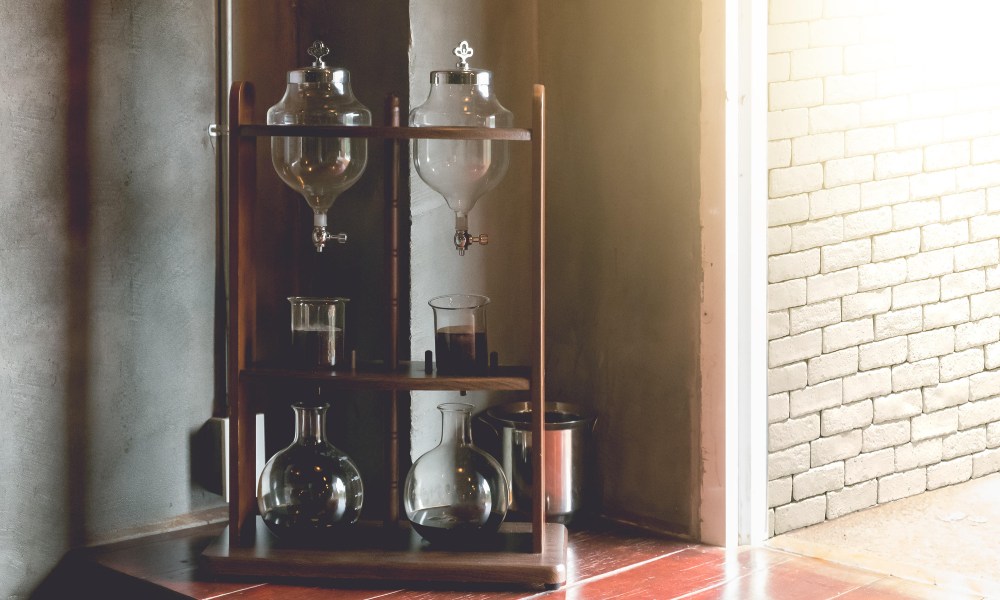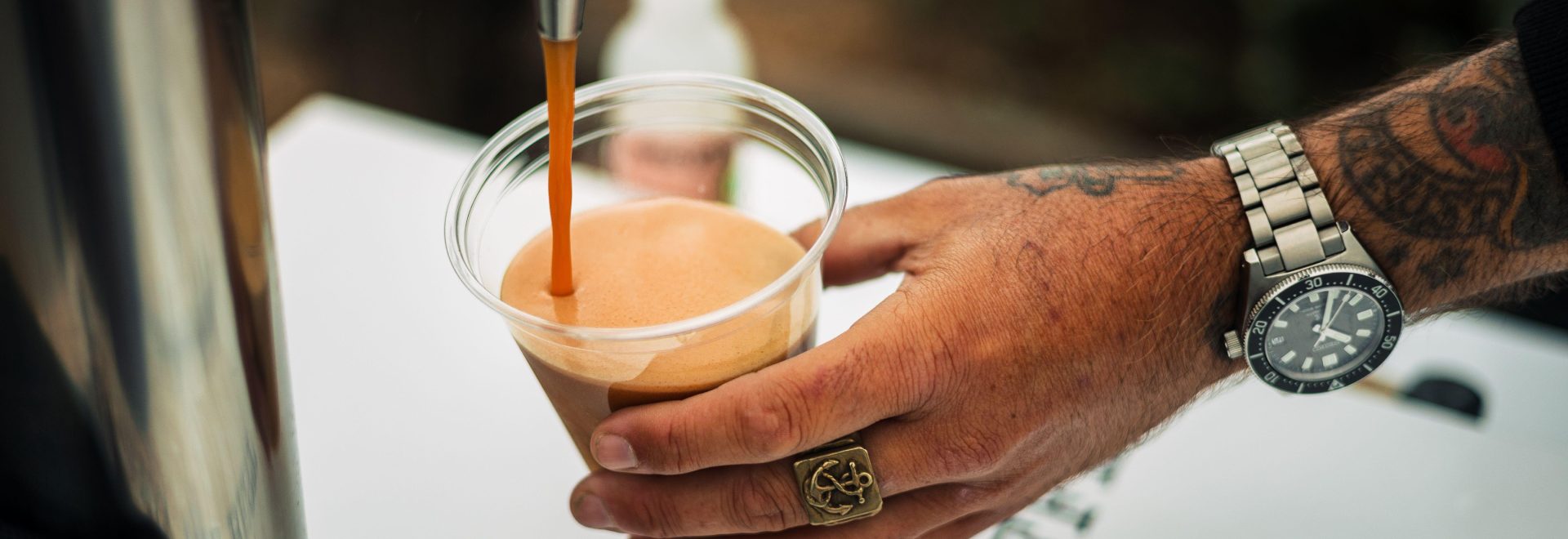What’s the best way for cafés to make cold brew coffee?
Matt Haw speaks to Rory Rosenberg and Randy Anderson about how coffee shops can find the best solution for serving cold brew coffee
Coffee shops are faced with a number of questions when deciding how to make cold brew coffee. For many, these questions set out to address one fundamental problem.
Even as its popularity exploded, cold brew was criticised for lacking a diverse range of flavours. Rory Rosenberg, roaster at Kaffa and owner of Oslo Cold Brew, acknowledges that there is some validity to these claims, and that it can “lack complexity and aroma in the cup”.
“Cold brewing coffee does not dissolve the solubles in ground coffee in the same way as hot brewing and, therefore, the result is quite different,” he says.
“It doesn’t matter if it’s from Sumatra or Brazil or Kenya – a classic cold brew immersion is going to result in chocolatey notes, and it’s going to be smooth and mellow,” says Randy Anderson, founder of Cold Brew Consulting.
Unlike extraction methods that use hot water, cold brew coffee methods struggle to effectively extract the volatile compounds linked to more complex flavour profiles.
Despite these challenges, the global cold brew coffee market was valued at over $400 million in 2021 and is expected to grow annually by 23% over the next five years, reaching approximately $1.3 billion by 2027.
To put the immense popularity of cold brew coffee into context, Starbucks sold 90 million Pumpkin Cream Cold Brews in 2020, surpassing hot Pumpkin Spice Latte sales.
In Rory’s opinion, this is what makes cold brew coffee so interesting – its popularity and the subsequent innovations around the segment are primarily driven by and shaped around the consumer: “It’s a market-driven product, rather than industry-driven such as Gesha varietals or nerdy barista tools.”

Different approaches to cold brew coffee
Surges in consumer demand have pushed specialty coffee businesses to reassess their cold brew offerings. For many, however, it can be a challenging menu item to master for a variety of reasons.
The Toddy system, or a similar immersion brew method, remains one of the more familiar techniques for making cold brew coffee. It involves an extended steeping period between 8 and 24 hours at room temperature or in the fridge.
According to Rory, this method is simple and provides a seven-day shelf life for your cold brew when kept refrigerated. However, there are significant drawbacks. For example, this is the technique commonly associated with more conventional flavour profiles. Additionally, there is a practical issue of finding space to store large batches of cold brew at under 5°C.
In response, various technologies have emerged to address these storage issues, including under-counter kegs with draft lines. However, the main drawback of these solutions is their considerable upfront costs.
Another challenge of cold brew coffee immersion is that it usually demands a higher coffee-to-water ratio, and can result in smaller yields compared to hot brewing methods. This can significantly affect a business’s bottom line, as they need to use more coffee to produce less liquid.
A number of innovations have entered the market to address this. For example, the Marco ColdBRU concentrate brewer provides a 30% higher yield than its top competitor.
However, it could be argued that many of these methods avoid addressing the elephant in the room – coffee extraction is easier and can yield more complex flavours when the brew water is hot. While it may seem contradictory with the concept of “cold brewing”, this may be the key to unlocking more flavour within this segment.
“Pre-wet the coffee grounds with water at around the same temperature you would use for washing your hands,” says Randy. “If you pre-wet with that you’ve opened up those grounds to receive the water. You need to get that door open otherwise all you’re going to do is get these surface flavours and you’re not going to get the notes you want.”

Finding a suitable method
There are many factors that will determine which method is right for your specific business: How long are you willing to spend steeping cold brew; the level of quality and consistency you are hoping to achieve; and the upfront equipment costs. Rory argues that the initial investment can be incorporated into retail prices and recouped in a single summer season.
However, some businesses may opt for a different approach entirely. Brands like Tim Wendleboe and Fuglen choose to outsource their cold brew production. Having developed a recipe, they can send it to an external facility which produces branded RTD cold brew products.
“The benefits are low capital investment, good product development and attractive packaging solutions that the market is intrigued by,” says Rory.
RTD coffee exists at the intersection of convenience and cold coffees – two segments that consumers are showing a significant interest in. Considering the relative accessibility of outsourcing cold brew production, and the quality of the product it generates, it’s likely that an increasing number of smaller-scale roasteries choose this option.
Ultimately, the key to delivering the best cold brew product possible lies in carefully assessing the pros and cons of each method, and selecting which aligns with your business. At this point, one thing seems certain – no matter the size of your business, every coffee shop will need to find a suitable cold brew solution.








